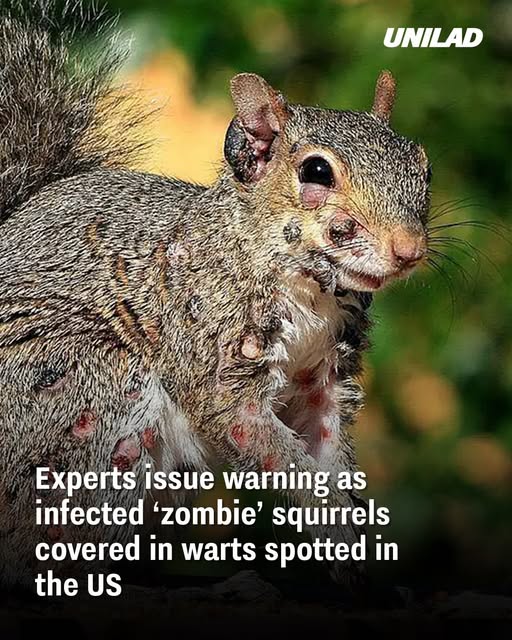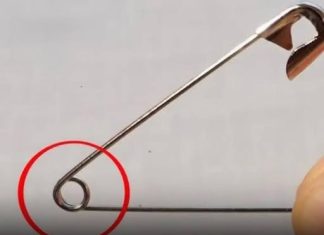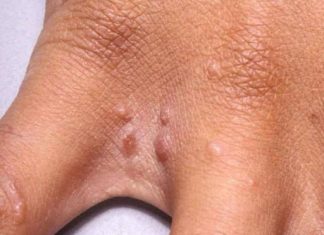Reddit users in the United States have sparked concern by sharing unsettling photos of apparently infected squirrels some spotted as early as 2023 in Maine with strange wart-like growths covering their faces and bodies. One Reddit user recounted their own eerie observation on July 31: at first they thought perhaps the squirrel was eating something on their front lawn, but then realized the growth was actually part of the squirrel’s face. They captioned their post: “Any ideas what is going on with this little fella?”
Wildlife Experts Identify Squirrel Pox as the Culprit
Biologist Shevenell Webb from Maine’s Department of Inland Fisheries and Wildlife – specializing in furbearer species – reassured the public that though the sight is disturbing, the disease is naturally occurring and typically benign. Webb advised, “I would **not recommend trying to capture a squirrel that has the virus. It is naturally occurring and will run its course in time.”
She explained that the virus spreads when squirrels congregate at resources like bird feeders. “It’s like when you get a large concentration of people,” Webb elaborated. “If someone is sick and it’s something that spreads easily, others are going to catch it.”

How the Virus Spreads
Squirrel pox is transmitted through direct contact—particularly via saliva or fluids from open lesions—often facilitated by shared feeders and close proximity gatherings. Infected squirrels may display scaly, pus-filled lumps that sometimes flow with fluids, giving them a grotesque “zombie”-like appearance that alarms onlookers.
Animals Usually Recover—and Don’t Pose a Human Health Risk
Despite the dramatic visual effects, most squirrels infected with this virus recover naturally without intervention. However, Webb cautioned that in rare, extreme cases, these growths can affect internal organs and may be fatal. Crucially, experts stress that the virus cannot be transmitted to humans. “It’s nothing to really worry about,” Webb emphasized, adding: “For the most part, squirrels with squirrel pox are just really ugly to look at.”
Diagnosing the Condition (and Other Possibilities)
Some Reddit commenters did a bit of self-diagnosis, suggesting the growths looked like squirrel fibromatosis—another term for squirrel pox. However, others in the comments dismissed that idea, stating they didn’t notice anything particularly unusual.
Meanwhile, experts at Virginia’s Evelyn’s Wildlife Refuge highlighted that not all suspicious lumps on squirrels are viral in nature—some might be due to botfly larvae. These parasites burrow under the skin, creating raised, swollen protrusions. The refuge strongly recommends that only trained veterinarians or wildlife rehabilitators should attempt to remove such infestations.

What You Can Do—and Why It’s Best to Leave Wildlife Alone
If you spot a squirrel with wart-like or unusual lumps:
- Do not attempt to capture it.
- Maintain distance—especially around feeders.
- Contact local wildlife professionals if concerned, but expect most cases to resolve on their own.
- Remember: while these squirrels may look disturbing, the phenomenon is not uncommon, and poses no known threat to human health. Letting the animals recover naturally is the safest and most humane approach.
Conclusion: A Disturbing Sight, but Not a Crisis
The emergence of “zombie squirrels” may look alarming, but wildlife experts emphasize that the condition is neither new nor a serious threat to ecosystems or human health. While the sight of squirrels covered in large, oozing growths can stir fear and concern, most animals recover without intervention. The key is understanding that these diseases are part of the natural balance of wildlife populations. For communities, the best course of action is awareness—keeping bird feeders clean, avoiding unnecessary interaction with sick animals, and trusting professionals to handle unusual cases. Ultimately, while unsettling to witness, these squirrels are a reminder of the resilience of nature and the importance of letting wildlife heal on its own.

















